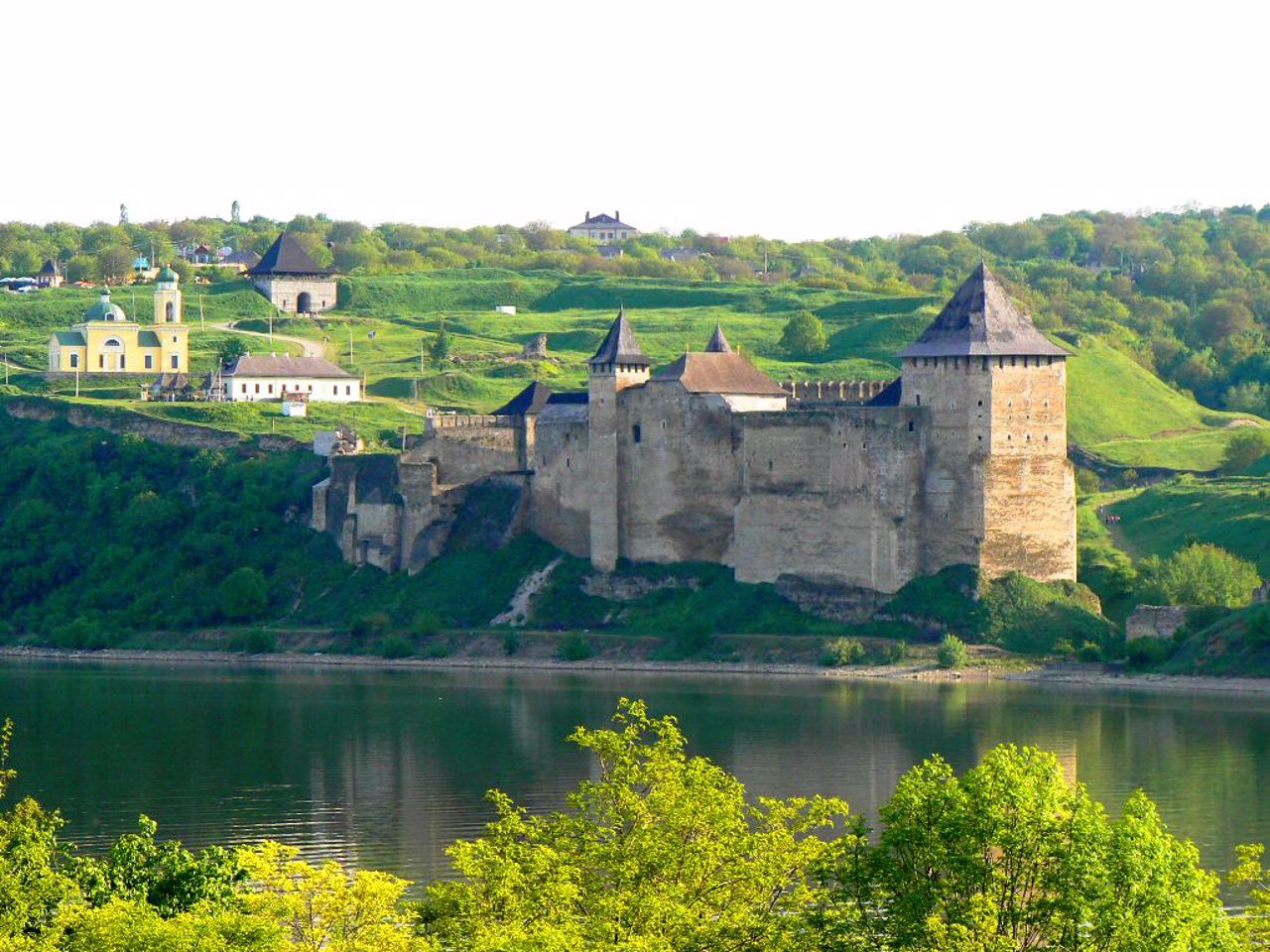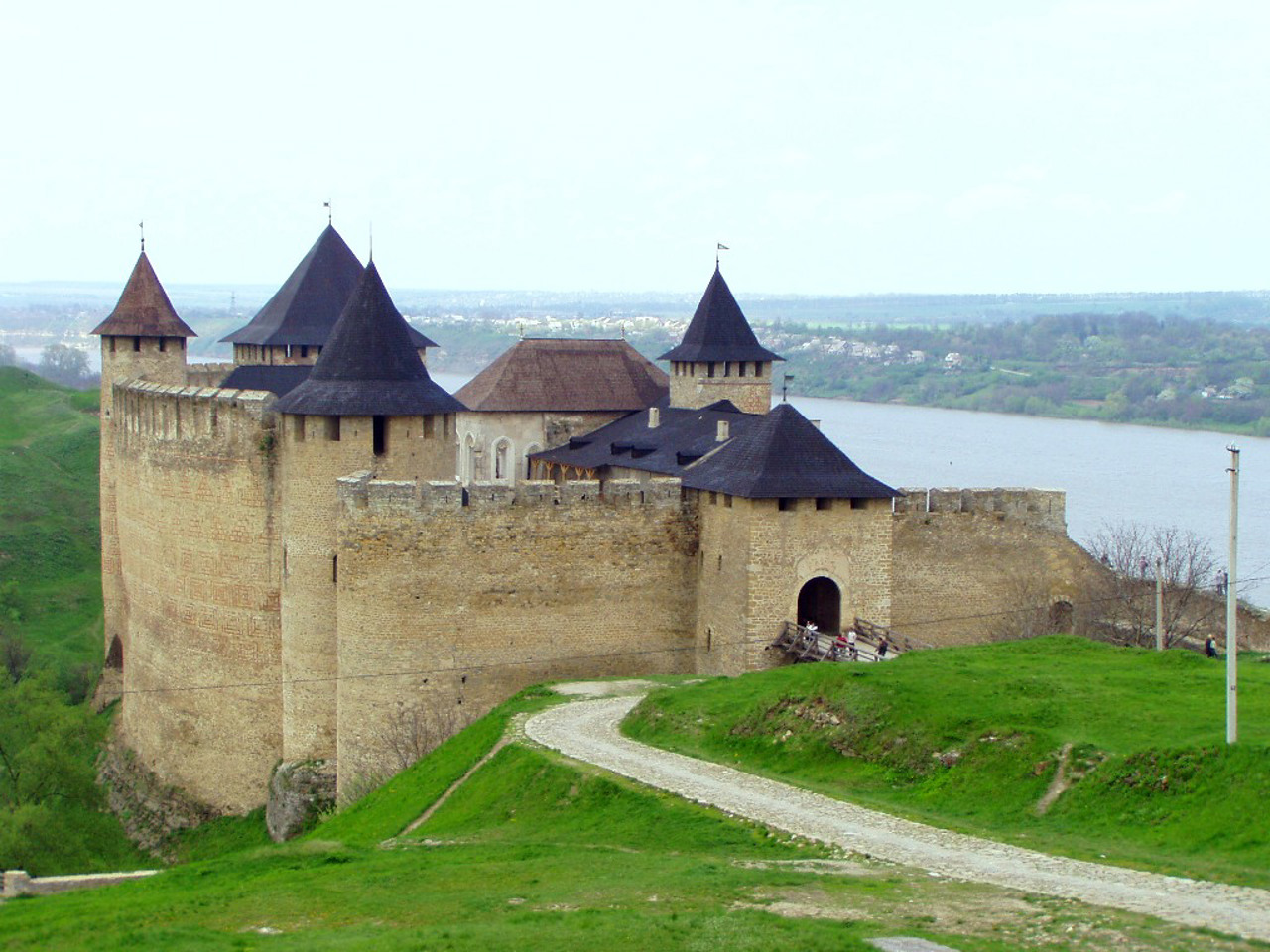Functional temporarily unavailable
General information about Khotyn
Khotyn is one of the oldest cities in Ukraine.
The official date of foundation is 1002, when Prince Volodymyr the Great of Kyiv created a system of border fortresses on the southwestern borders of the Ancient Rus state. The Khotyn wooden fortress on the banks of the Dniester was built on the site of older Slavic settlements (the Troyan ramparts of the early Slavic period have been preserved).
The name probably comes from the verb "to want": this place was desirable for many, as the trade route from Galicia to the Black Sea ports passed here.
In the 13th century, by order of Prince Danylo Halytskyi, the Khotyn stone fortress was built, which became an outpost of the Galicia-Volyn principality, then Moldavia. Until the 18th century, the city remained under the ...
Khotyn is one of the oldest cities in Ukraine.
The official date of foundation is 1002, when Prince Volodymyr the Great of Kyiv created a system of border fortresses on the southwestern borders of the Ancient Rus state. The Khotyn wooden fortress on the banks of the Dniester was built on the site of older Slavic settlements (the Troyan ramparts of the early Slavic period have been preserved).
The name probably comes from the verb "to want": this place was desirable for many, as the trade route from Galicia to the Black Sea ports passed here.
In the 13th century, by order of Prince Danylo Halytskyi, the Khotyn stone fortress was built, which became an outpost of the Galicia-Volyn principality, then Moldavia. Until the 18th century, the city remained under the rule of Turkey, from time to time passing to the Poles. Yes, in 1621. Polish-Cossack troops withstood the siege of the thousands of Turkish army in Khotyn, thanks to which the westward expansion of the Ottoman Empire was stopped.
During the liberation war in 1650-1653, Bohdan Khmelnytskyi's troops were stationed here. Russian troops stormed Khotyn twice in the 18th century, but only after the Russian-Turkish war of 1806-1812 did Khotyn become part of the Russian Empire. In 1918, Khotyn was captured by Romania, brutally suppressing the anti-Romanian uprising a year later. In 1944, the city was liberated.
Now it is a tourist center with a weak yet developing infrastructure. It was only in 2000 that the Khotyn Fortress State Historical and Cultural Reserve was created and restoration began.
Хотин - одне з найдавніших міст України.
Офіційною датою заснування вважається 1002 рік, коли київський князь Володимир Великий створив систему прикордонних фортець на південно-західних рубежах давньоруської держави. Дерев'яна фортеця Хотин на березі Дністра була споруджена на місці більш давніх слов'янських поселень (збереглися Троянові вали ранньослов'янського періоду).
Назва, ймовірно, походить від дієслова "хотіти": це місце було бажаним для багатьох, оскільки тут проходив торговий шлях з Галичини до чорноморських портів.
В XIII століті за наказом князя Данила Галицького була споруджена кам'яна Хотинська фортеця, що стала форпостом Галицько-Волинського князівства, потім Молдавії. До XVIII століття місто залишалося під владою Туреччини, час ...
Хотин - одне з найдавніших міст України.
Офіційною датою заснування вважається 1002 рік, коли київський князь Володимир Великий створив систему прикордонних фортець на південно-західних рубежах давньоруської держави. Дерев'яна фортеця Хотин на березі Дністра була споруджена на місці більш давніх слов'янських поселень (збереглися Троянові вали ранньослов'янського періоду).
Назва, ймовірно, походить від дієслова "хотіти": це місце було бажаним для багатьох, оскільки тут проходив торговий шлях з Галичини до чорноморських портів.
В XIII століті за наказом князя Данила Галицького була споруджена кам'яна Хотинська фортеця, що стала форпостом Галицько-Волинського князівства, потім Молдавії. До XVIII століття місто залишалося під владою Туреччини, час від часу переходячи до поляків. Так, в 1621 році. польсько-козацькі війська витримали в Хотині облогу багатотисячної турецької армії, завдяки чому була зупинена експансія Османської імперії на захід.
В період визвольної війни в 1650-1653 роках тут знаходилися війська Богдана Хмельницького. Російські війська в XVIII столітті двічі штурмували Хотин, але лише після російсько-турецької війни 1806-1812 років Хотин увійшов до складу російської імперії. В 1918 році Хотин захопила Румунія, жорстоко придушивши через рік антирумунське повстання. У 1944 році місто було звільнено.
Зараз це туристичний центр зі слабкою поки інфраструктурою, що розвивається. Лише в 2000 році був створений Державний історико-культурний заповідник "Хотинська фортеця" та почалася реставрація.
Сплануй своє перебування у Khotyn
What to see and where to go in Khotyn
Tourist attractions and museums of Khotyn
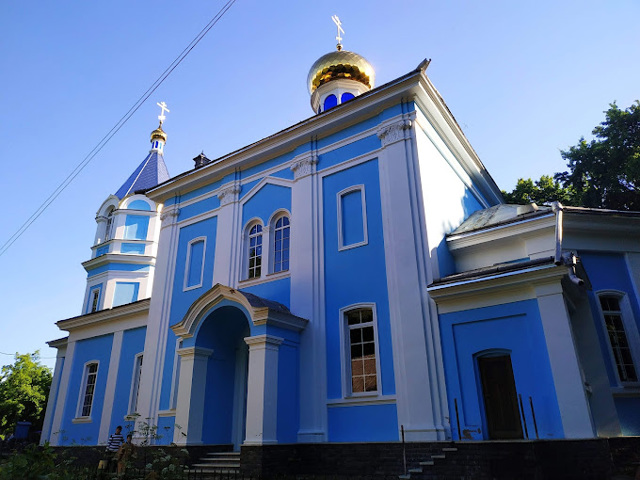
Holy Intercession Cathedral
Temple , Architecture
The Holy Intercession Cathedral is located in Khotyn City Park. It was built in 1867-1868 in the diocesan style.
Nearby is the former priest's house, which now houses a local Khotyn Historical Museum.
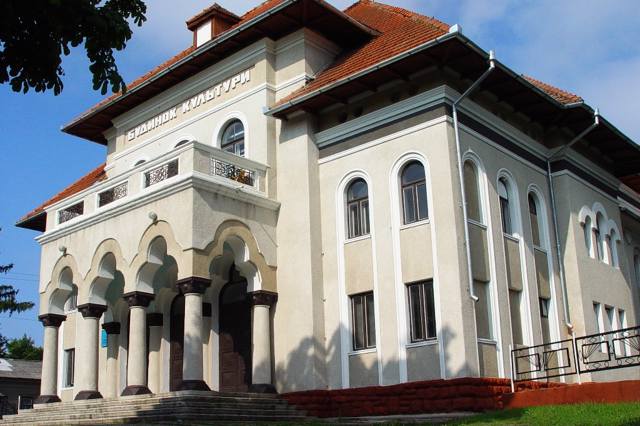
Khotyn City Theater
Architecture , Theater / show
The building of the city theater named after Oleksandr Khyzhdeu (Aleksandru Hyzhdeu) was built in Khotyn in the Romanian period. It is made in the neo-Romanian style of Bryncovian.
In Soviet times, the two-story building with a tiled roof became a house of culture. Today it is a home for children and school youth. Exhibitions are held in the lobby.
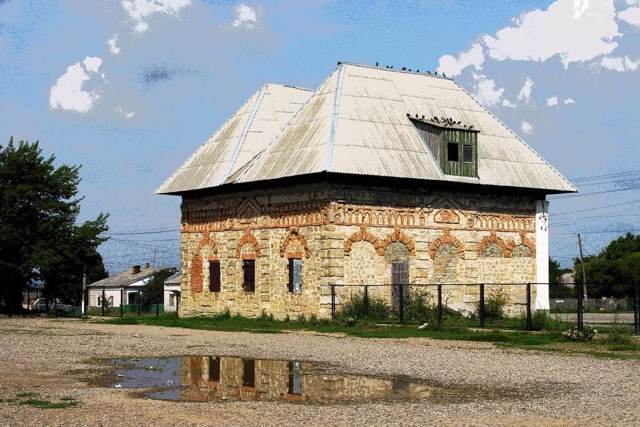
Khotyn Customs
Architecture
The ancient building of the customs house is the oldest stone building preserved in the city of Khotyn after the Khotyn fortress.
It was built in the 17th-18th centuries, when Khotyn was owned by the Turks. The walls are made of natural stone and decorated with red brick ornaments. The main facade is plastered.

Khotyn Fortress Historical and Architectural Reserve
Castle / fortress , Architecture , Museum / gallery
Khotyn Fortress is a remarkable example of medieval defense architecture of Ukraine, one of the most significant architectural monuments of Bukovyna.
The fortress in Khotyn was built in the 13th century by order of Prince Danylo Halytsky on the site of early Slavic fortifications. The castle (citadel) consists of four defensive towers, the commandant's palace, officers' barracks, a church with fragments of a 16th century painting.
For a long time Khotyn Fortress was an outpost of the Galicia-Volyn principality, an important defensive point of Transnistria. In the 16th century it was strengthened by the Moldavian King Stefan III.
In 1621, near Khotyn, united Polish-Ukrainian troops under the command of Hetman Yan Karol Khodkevych defeated a 150,000-strong Turkish army that was considered invincible. The decisive role in the Battle of Khotyn was played by the 40,000-strong Cossack army of Hetman Petro Sahaydachnyi.
However, Khotyn remained under the rule of the Turks, who in the 18th century, with the help of French engineers, built a new fortress near the castle with earthen ditches, bastions and four gates. Inside could accommodate a 20,000-strong garrison.
After the annexation of Bessarabia to the Russian Empire in the 19th century, the fortress was rebuilt, the castle mosque was transformed into the garrison church of Oleksandr Nevsky, and the mosque on the territory of the New Fortress became the Church of Saint Nicholas.
After the Crimean War, the Khotyn Fortress lost its significance as a military facility, but it survived well. Its powerful walls served as scenery in such famous films as "Zahar Berkut", "The Ballad of the Valiant Knight Ivanhoe", "D'Artagnan and the Three Musketeers", "Robin Hood's Arrows", "Taras Bulba".
Restoration was carried out to the 1000th anniversary of Khotyn Fortress. Museum expositions have been opened in the barracks: the history of artillery, siege weapons, numismatics, art gallery.
There is a souvenir shop on site. Parking is paid.
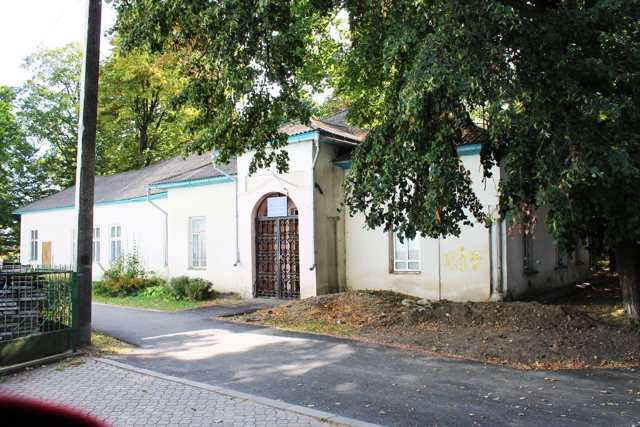
Khotyn Historical Museum
Museum / gallery
Khotyn Historical Museum is a department of the Chernivtsi Regional Museum of Local Lore.
It is located in the former house of the priest of the Holy Intercession Cathedral.
In five halls there are expositions that cover the history of the region: "Khotyn region - Slavic land", "Khotyn region in the period X-XVII centuries.", "Russian-Turkish war", ethnography of Khotyn region of the late XIX - early XX centuries. and other.
Of particular interest is the model of Khotyn fortress and Cossack jewels.
Reviews Khotyn
Geographical information about Khotyn
| {{itemKey}} | {{itemValue}} |
|---|---|
| Region |
Chernivtsi |
